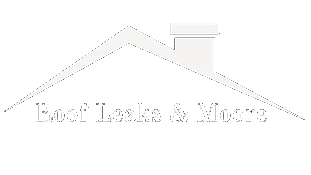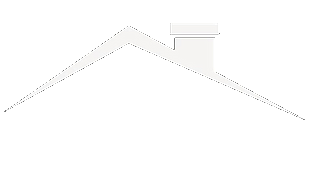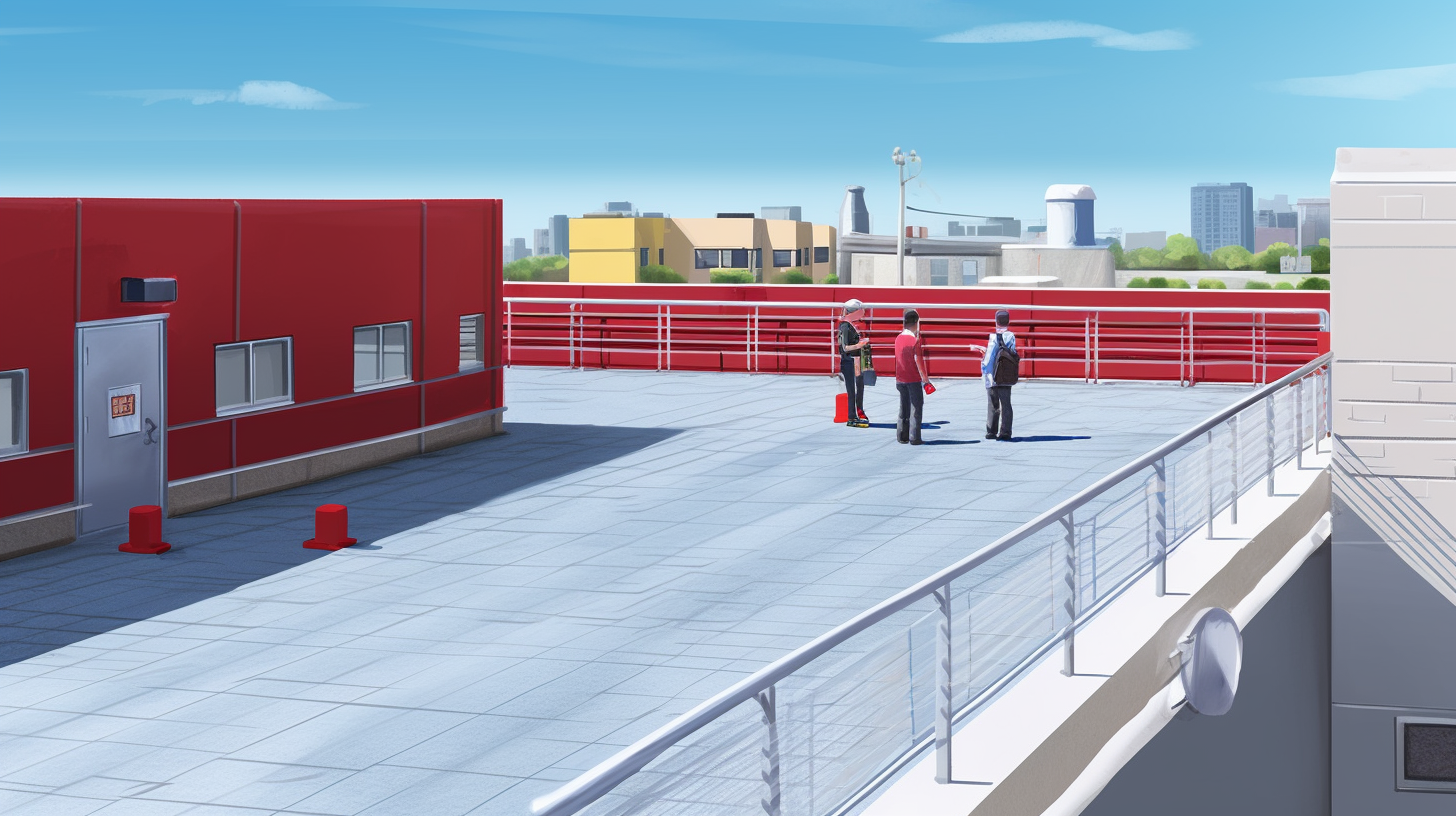As a school administrator, you have a responsibility to ensure the safety of your students and staff. One often overlooked aspect of school safety is the condition of your school’s roof. Educational roofs are subject to unique hazards that require regular inspection and maintenance to protect those who use the building.
In this article, we will explore the importance of assessing safety requirements for educational roofs and provide you with practical steps for maintaining a safe roof.
Educational roofs are not just a simple cover for your school building. They play a critical role in protecting the interior from the elements, providing insulation, and supporting HVAC equipment. However, they can also pose serious safety hazards if they are not properly maintained.
Falls, electrocution, and structural failures are just a few examples of the dangers that can result from a neglected roof. By assessing the safety requirements for your educational roof, you can identify and mitigate these hazards, ensuring the safety of your students and staff.
Understanding the Importance of Assessing Safety Requirements for Educational Roofs
Assessing safety requirements for educational roofs is crucial to protect students and staff, and it’s important to understand why.
The importance assessment of safety standards for educational roofs is based on the fact that these roofs are exposed to various weather conditions and temperatures that can cause damage and pose a risk to those working or studying under them. Therefore, it’s essential to ensure that these roofs are built to meet specific safety standards that guarantee the safety of everyone in the building.
Additionally, assessing safety requirements for educational roofs is vital because it helps to identify potential hazards that could put students and staff at risk. For instance, poor roof design, inadequate maintenance, and improper installation may lead to leaks, falling debris, and structural failures that can cause injuries.
These hazards can be prevented by carrying out regular inspections, repairs, and maintenance to ensure that the roofs meet safety standards.
In the subsequent section, we will discuss the common hazards associated with educational roofs and how to mitigate them.
Common Hazards Associated with Educational Roofs
One common hazard on school roofs is loose or missing shingles, which can lead to water damage and put students and faculty at risk. These hazards can be caused by weather damage or simply aging roofs. It’s important to conduct regular preventative maintenance to avoid these hazards and ensure the safety of everyone on the roof.
Another common hazard is the risk of falls. School roofs are often high off the ground, and falls can cause serious injuries or even death. Fall protection measures, such as guardrails and safety harnesses, should be in place to prevent accidents. In the event of an emergency, it’s important to have an emergency response plan in place to ensure that help can arrive quickly.
By taking these precautions, you can help to ensure the safety of everyone on the educational roof.
To assess educational roofs for safety, there are several steps you can take.
How to Assess Educational Roofs for Safety
When assessing the safety of educational roofs, you should consider hiring a professional roofing contractor to ensure that all hazards are identified and addressed.
Additionally, conducting regular roof inspections can help prevent potential safety risks from escalating.
If any safety hazards are identified during these inspections, it’s important to address them promptly to protect the well-being of students and staff.
Hiring a Professional Roofing Contractor
If you want to ensure the safety of your students and staff, have you considered hiring a professional roofing contractor to assess and maintain your educational roof?
Finding experts in roofing can be challenging, but it’s essential to work with a contractor who has experience working with educational facilities. Look for a contractor who’s completed similar projects in the past, and ask for references to verify their expertise. Budget considerations are also important, so make sure to get detailed quotes from multiple contractors to compare prices and services.
Once you’ve hired a professional roofing contractor, they’ll be able to assess the safety of your educational roof and recommend any necessary repairs or maintenance. It’s important to engage with the contractor and ask questions to understand the scope of their work and any potential safety hazards they may identify.
Regular roof inspections are essential to ensuring the continued safety of your educational facility, so consider scheduling annual inspections to stay on top of any potential issues.
Conducting Regular Roof Inspections
To keep your educational facility safe and secure, it is crucial to conduct regular roof inspections with a professional contractor. Roof maintenance is an essential part of ensuring the safety of students and staff. Timely inspections can detect any potential issues before they become major problems, and address them promptly.
To help you understand the importance of roof inspections, here is a table detailing the consequences of neglecting roof maintenance and the benefits of regular inspections:
| Neglecting Roof Maintenance | Benefits of Regular Inspections |
|---|---|
| Increased risk of leaks and water damage | Early detection of issues |
| Higher repair costs | Lower repair costs |
| Reduced energy efficiency | Improved energy efficiency |
| Shorter lifespan of the roof | Longer lifespan of the roof |
By conducting regular inspections, you are not only keeping your facility in top condition, but also ensuring that it meets safety protocols. This will help prevent any potential safety hazards that may arise from a neglected roof. In the next section, we will discuss how to address any identified safety hazards.
Addressing Identified Safety Hazards
Now that you’ve conducted regular roof inspections, it’s time to address any identified safety hazards. It’s crucial to mitigate risks and implement solutions promptly to ensure the safety of students and staff. Collaborating with stakeholders, such as school administrators, maintenance personnel, and roofing contractors, is essential in this process.
Once you’ve identified safety hazards, it’s important to prioritize and address them accordingly. The solutions may vary from simple repairs to a complete roof replacement. It’s crucial to consider the long-term effects of the solutions, such as the durability of the materials used and the maintenance required. Collaborating with stakeholders can provide insights into the budget and timeline for implementing solutions that are practical and effective in ensuring a safe educational roof.
Ensuring the safety of students and staff is a top priority in any educational institution. Addressing identified safety hazards is an essential step in achieving this goal. The benefits of maintaining a safe educational roof extend beyond the well-being of students and staff; it can also increase the lifespan of the roof and reduce long-term maintenance costs.
The Benefits of Maintaining a Safe Educational Roof
Maintaining a safe educational roof has numerous benefits for you as a school administrator. Firstly, it protects your students and staff from potential harm caused by structural failures or accidents.
Secondly, it helps to reduce liability risks and potential legal actions against your school.
Finally, regular maintenance and safety checks extend the lifespan of your roof, saving you money in the long run and ensuring a safe learning environment for your students.
It’s essential to prioritize the safety of your educational roof to ensure a secure environment for all.
Protecting Students and Staff
You need to ensure that students and staff are protected on educational roofs by implementing proper safety measures and equipment. This includes installing guardrails or handrails to prevent falls and provide support when walking on the roof, providing safety harnesses and lanyards for those who need to work at heights or perform tasks near the edge of the roof, conducting regular safety inspections to identify potential hazards and address them before they become a problem, and providing emergency response and safety training to students and staff to ensure they know what to do in case of an accident or emergency.
By taking these steps, you can reduce the risks of accidents and injuries on educational roofs and protect the well-being of your students and staff. But it’s not just about safety – implementing these measures can also reduce liability risks and ensure compliance with local safety regulations.
In the next section, we’ll explore some strategies for reducing liability risks associated with educational roofs.
Reducing Liability Risks
To minimize legal risks, it’s crucial to establish clear guidelines and protocols for rooftop access and maintenance in educational institutions. Risk management should be a top priority when it comes to the safety of students and staff.
This involves identifying potential hazards and implementing measures to reduce the likelihood of accidents or injuries occurring on the roof. Legal implications should also be taken into consideration.
Failure to maintain a safe environment on the roof can result in costly lawsuits and damage to the institution’s reputation. By ensuring that safety protocols are in place and being followed, the risk of liability can be significantly reduced.
With proper risk management and legal compliance, educational institutions can prioritize the safety of their students and staff while also protecting themselves from potential legal consequences. This leads to the next section about extending the lifespan of the roof.
Extending the Lifespan of the Roof
Prolonging the life of your institution’s roof can save you a boatload of cash in the long run. Regular roof maintenance is key to ensuring that your educational establishment’s roof can function optimally for an extended period. Investing in sustainability practices can also help extend the lifespan of your roof.
Here are five ways to extend the lifespan of your educational institution’s roof:
- Conduct regular roof inspections and maintenance to address any issues before they become major problems.
- Implement a preventative maintenance program to ensure your roof remains in good condition.
- Invest in sustainable roofing materials that can withstand harsh weather conditions.
- Install proper drainage systems to prevent water damage and leaks.
- Ensure that your roof is properly ventilated to prevent moisture buildup, which can lead to mold and other issues.
By following these practices, you can extend the lifespan of your educational institution’s roof, save money, and ensure the safety of your students and staff. Remember, it’s better to invest in preventative measures than to wait until a major problem occurs.



